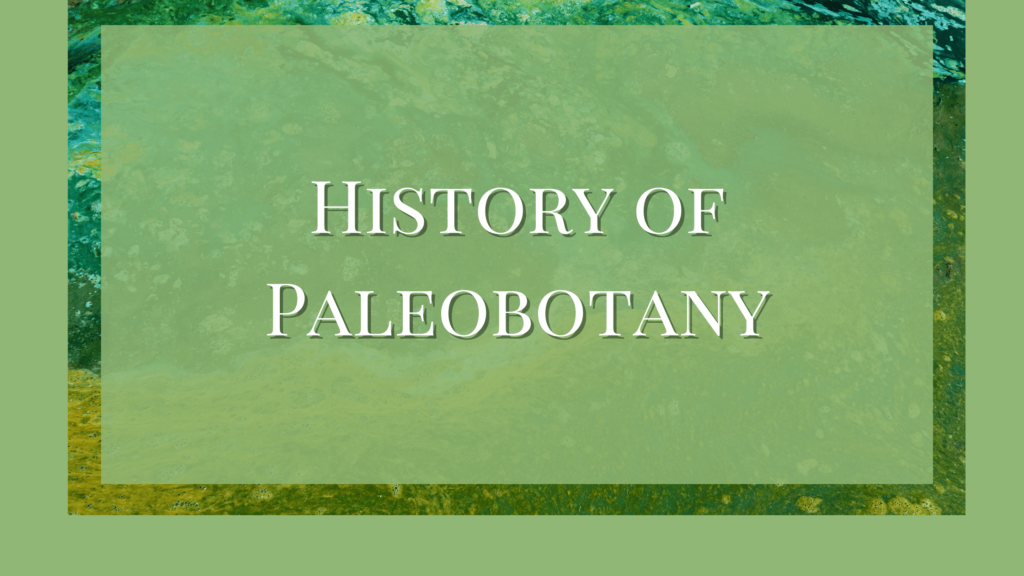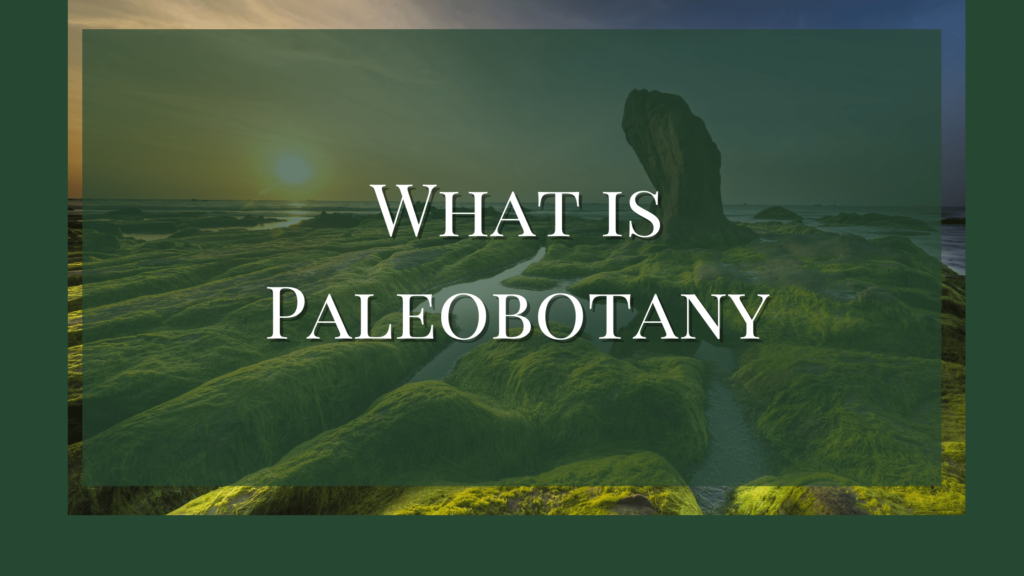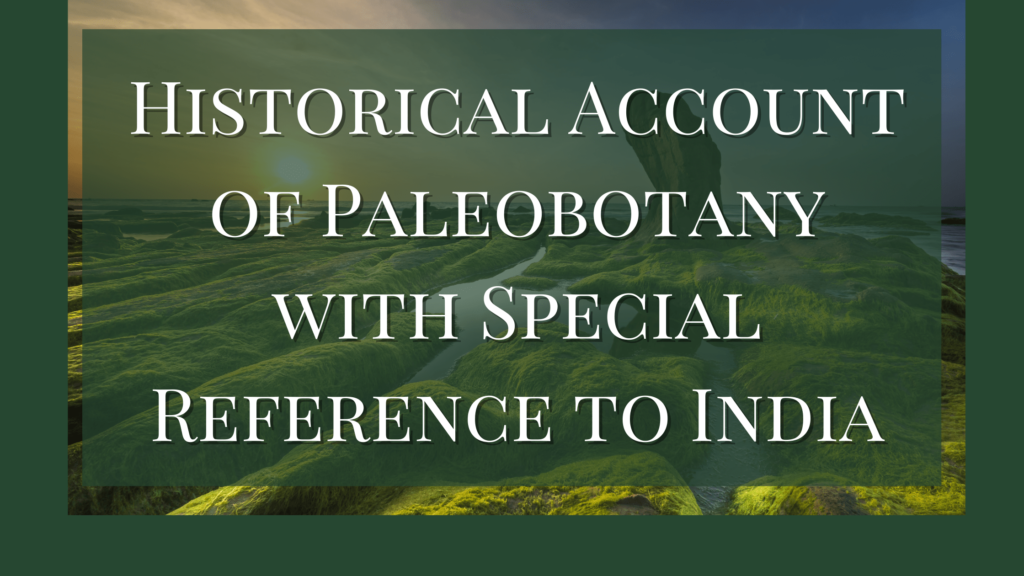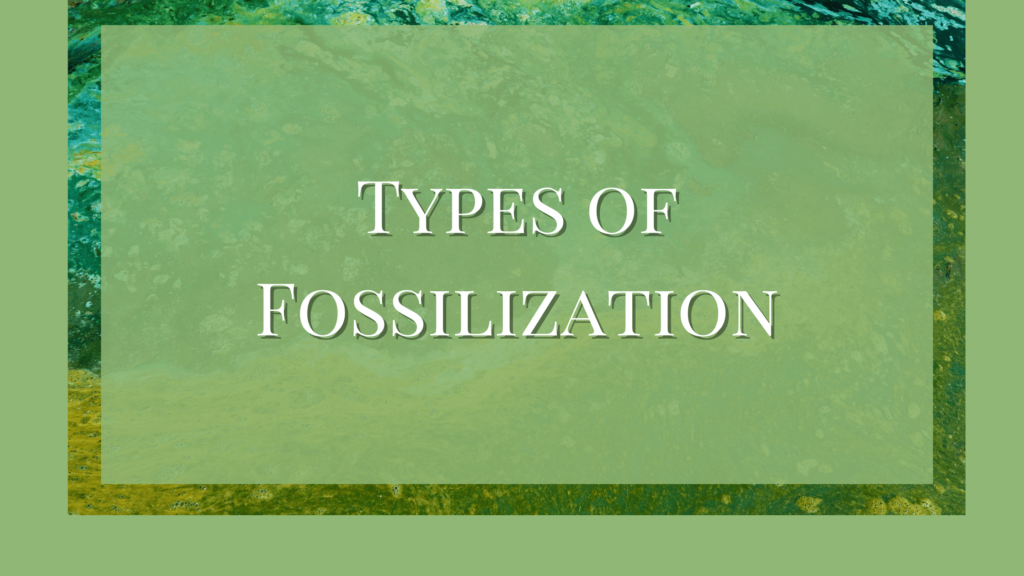Plant fossils were one of the first petrifactions discovered. This itself makes paleobotany significant and crucial in the study of fossils.
If you look at the history of paleobotany, the earliest scholars who recognized the true nature of fossils were the Greek philosophers. Xenophanes in the 6th century BC observed fossil leaves in the rocks of Paros. Pythagoras and Xanthus of Sandis were supposed to have held sound conceptions concerning the significance of fossil marine shells found in high mountains.
History of Paleobotany in the early centuries
In 1699 English naturalist Edward Lhwyd depicted several fossil plants in his work titled “Lithophilacii Britannica ichnographia“. During the latter part of the 16th and early parts of the 17th centuries, opinions concerning fossils began to accumulate.
- Johann Jakob Scheuchzer, (1672-1773) published a book devoted chiefly to fossil plants called the Herbarium Diluvianum (1709 and 1723).
- Blumenback in 1790 asserted that there were different faunas and floras on the earth before the advent of man.
- Erasmus Darwin (1731-1802) gave to the modern thinking world the concept of the immensity of geological time – the millions of years required for the evolution of the organic world.
- William Smith (1769-1839) realized that the different rock strata possessed a definite order and succession of fossils and that different faunas and floras characterized the different strata.
History of Paleobotany in the 19th century
Adolphe Brongniant is usually credited as the organizer of Paleobotany. In 1828 the first part of his Histoire des Vegetant Fossils appeared. He divided the earth’s history into four great periods of vegetation- the age of cryptograms, the age of ferns and conifers, the age of cycads, and the age of flowering plants. Later in his career, Brongniant published a careful microscopic investigation on the structure of Sigillaria elegans.
Withan was probably the first investigator to study the Carboniferous plants histologically. In 1833 his greatest work was published under the name ‘The Internal Structure of Fossil Vegetables Found in the Carboniferous and Oolitic Deposits of Great Britain’. The book demonstrated the unquestionable identity of tissues in fossil bodies.
Gopperti was one of the most resourceful paleobotanists of all time. In 1836 his Systema filicum fossilium appeared. His works are noteworthy for their diversity. In 1845 he published a study of the plants preserved in Baltic amber.
Leo Lesquereux, born in Switzerland and migrated to America in 1847, became America’s first recognized paleobotanist. Within a few years, he published two pages on the carboniferous plants of Pennsylvania. He did not limit his work to the Paleozoic but wrote several comprehensive monographs on Mesozoic and Cenozoic plants. He was the first to recognize a marked similarity between American and European floras.
The name W.C. Williamson will always be remembered as the outstanding morphological paleobotanist of the 19th century. He published a long series of magnificently executed memoirs on coal-ball plants in 1871.
From 1885 to 1915 paleobotany underwent its modernization chiefly because of the development of research techniques and the appearance of comprehensive textbooks and reference books.
In 1887 Solms-Laubach published a splendid botanical treatment of fossil plants under the title Einleitung In Die Paläopathologie which was translated into English and published in 1889.
History of Paleobotany from 20th century onwards
- In 1920 R. Zeiller published his Elements de Paleobotanique.
- In 1912 H. Potonié wrote his Lehrbuch Der Paläobotanik which underwent a revision in the hands of Gotham in 1921.
- No new books appeared until 1939 when Darrah’s Principles of Paleobotany and the Textbook of Paleobotany were published.
- In the next decades, books by Halle (1940), Moret (1940), Walton (1940), Magdefrau (1941), Andrews (1947), Arnold (1947), etc. were published.
This impressive series of textbooks suggests not only the degree of interest in Paleobotany but also the international standardization of paleobotanical knowledge.
Several standard reference books are well known. D.H. Scott’s Obsolete Studies on Fossil Botany published in three editions, is still a fundamental source of data on the morphology of Paleozoic plants. A more extensive scope is A.C Seward’s compilation, Fossil Plants, published in four volumes.
During the 8th International Botanical Congress (Paris, 1954), the International Organization of Paleobotany was founded to promote international cooperatives and knowledge exchange. Reports on World Palaeobotany were issued periodically from 1954. These Paleobotanical collections are maintained by most of the large museums of the world, universities, and by geological surveys as well.
Aim of Paleobotany
The aims of Paleobotany are manifold. First of all, it is important to identify the fossils and types of fossilization and describe them properly and are named taxonomically. It is estimated that around 120,000 species of fossil plants have been described.
Of these, about one-third of the total fossils are of flowering plants. Only a small fraction of the fossil species have been described. Thousands of fossils remain to be discovered.
References
A Very Short History of Paleobotany. (n.d.). http://historyofgeology.fieldofscience.com/2011/06/very-short-history-of-paleobotany.html




